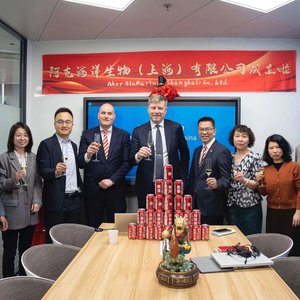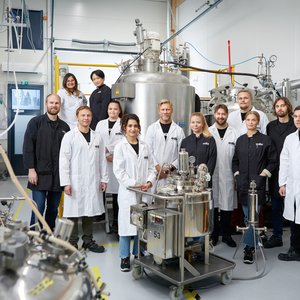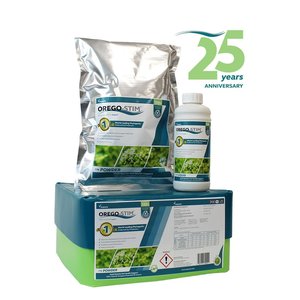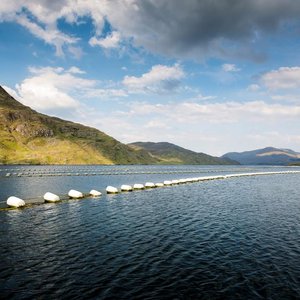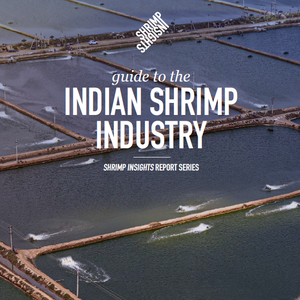Salmon lice pose a major problem for the aquaculture industry and intensive work is taking place to develop good methods to combat this parasite. The use of wrasse as a biological method of delousing the salmon has proven to be favourable from both a financial and environmental perspective. An increasing number of fish farmers now use the wrasse as their main means of combating the parasite. As a result of this there has been a big strain on the wild stocks of wrasse and consequently a need has developed to start farming of the small helper.
In 2009 Marine Harvest Labrus commenced a project that aimed to start large-scale aquaculture of Ballan wrasse, the largest Norwegian wrasse species. The broodstock was fished for trials and the fish spawned naturally in tanks at Marine Harvest Labrus’ facility in Øygarden in the spring of 2009.
“We got off to a good start with around 25,000 fry in the first trial but it soon became apparent that we had a challenge in relation to feed enhancement,” says Espen Grøtan, Project Manager at Marine Harvest Labrus.
The commercial feeds that were tested did not produce the desired results because the Ballan wrasse had problems digesting them and quite simply because it did not like the taste. The mortality rate was high and the growth rate was poor.
“The Ballan wrasse is a fish that is so fussy that in some cases it would rather die than eat food that it doesn’t like. Consequently, a special feed needed to be produced that the Ballan wrasse would eat so it could grow to the desired size for transfer to the salmon farms. It’s strange how fussy a fish that munches lice off salmon can be,” smiles Grøtan.
Nofima Scientist Katerina Kousoulaki received an enquiry from Marine Harvest Labrus about the possibility of producing a feed for the Ballan wrasse for use in the transition between live feed and dry feed.
“We produced two different feed types. The formulations were based on an earlier recipe developed through a collaborative project between Nofima, HI, NIFES, Marine Harvest Labrus and Villa Organic,” says Kousoulaki. “Expensive and good raw materials such as shrimps and cod fillet were added to the feed, as we knew the Ballen wrasse was very particular about what it eats.”
Both feed types were immediately to the liking of the hard to feed fish. The Ballen wrasse accepted the expensive feeds and grew to the next stage. It remains to be seen which of the two feeds produces the best result.
“The idea is to get the Ballen wrasse accustomed to dry feed by using this special feed. The next step will be to produce a feed for feed enhancement that tastes the same as the special feed but without the expensive raw materials,” says Kousoulaki.
“I think that’s something we can achieve and it’s necessary since the gourmet feed we are making now is far too expensive for the industry to produce it on a regular basis.”


